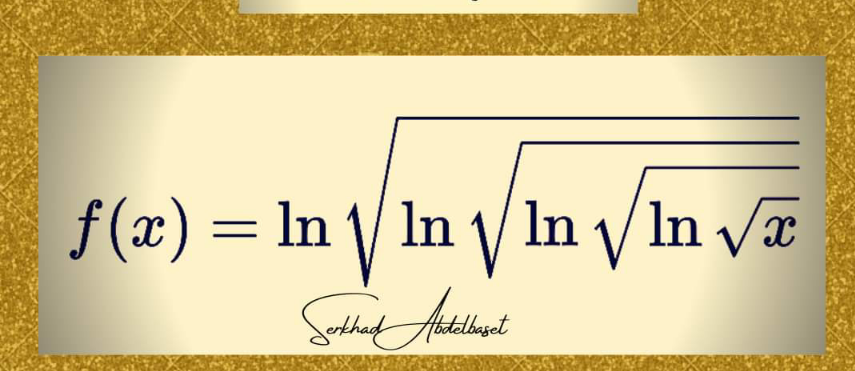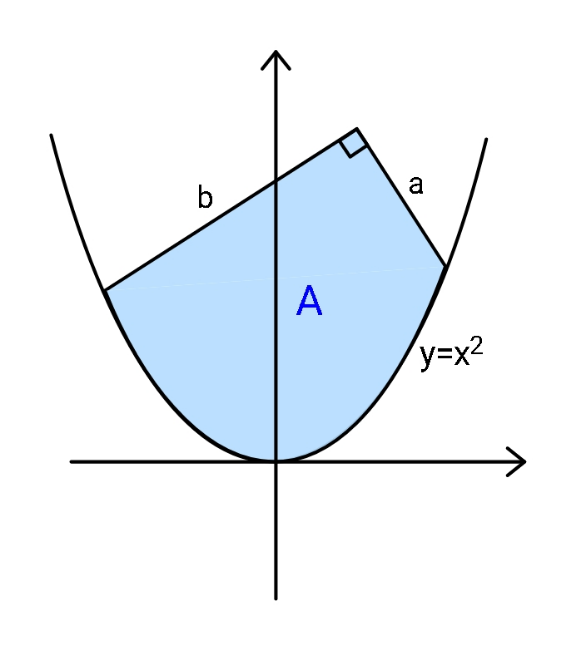
AllQuestion and Answers: Page 552
Question Number 164416 Answers: 0 Comments: 0
Question Number 164417 Answers: 1 Comments: 0

Question Number 164405 Answers: 0 Comments: 0
Question Number 164396 Answers: 2 Comments: 1
Question Number 164395 Answers: 2 Comments: 0

Question Number 164391 Answers: 1 Comments: 0
Question Number 164386 Answers: 0 Comments: 8
Question Number 164496 Answers: 2 Comments: 0
Question Number 164376 Answers: 2 Comments: 0

Question Number 164374 Answers: 0 Comments: 2

Question Number 164372 Answers: 1 Comments: 1

Question Number 164367 Answers: 1 Comments: 0
Question Number 164366 Answers: 1 Comments: 1
Question Number 164364 Answers: 0 Comments: 0
Question Number 164347 Answers: 0 Comments: 4

Question Number 164345 Answers: 2 Comments: 1

Question Number 164341 Answers: 0 Comments: 1
Question Number 164339 Answers: 1 Comments: 0
Question Number 164331 Answers: 0 Comments: 2

Question Number 164328 Answers: 2 Comments: 0
Question Number 164315 Answers: 0 Comments: 3

Question Number 164312 Answers: 0 Comments: 3

Question Number 164311 Answers: 0 Comments: 0

Question Number 164310 Answers: 1 Comments: 0

Question Number 164305 Answers: 2 Comments: 1

Question Number 164299 Answers: 1 Comments: 0
Pg 547 Pg 548 Pg 549 Pg 550 Pg 551 Pg 552 Pg 553 Pg 554 Pg 555 Pg 556
